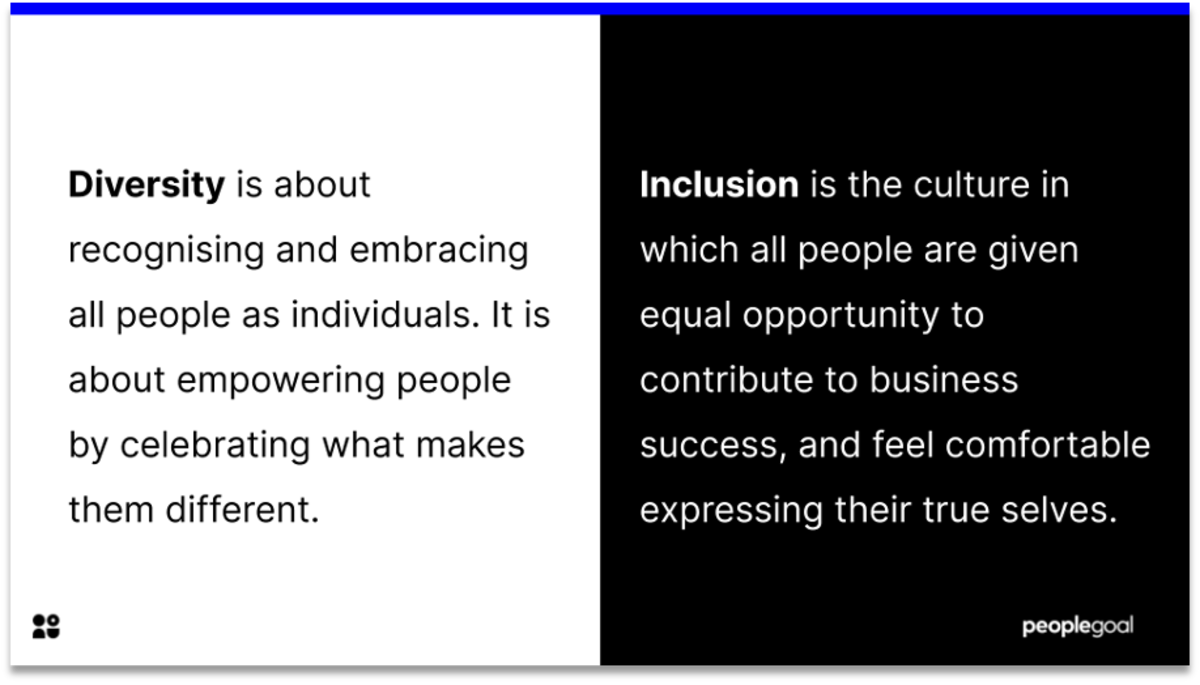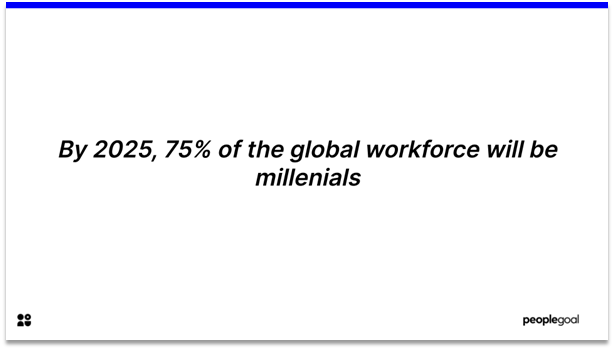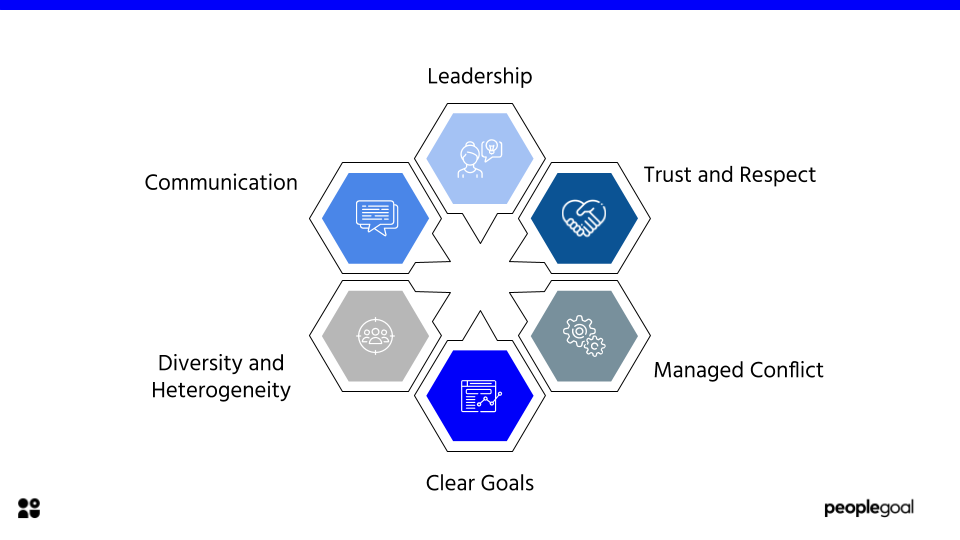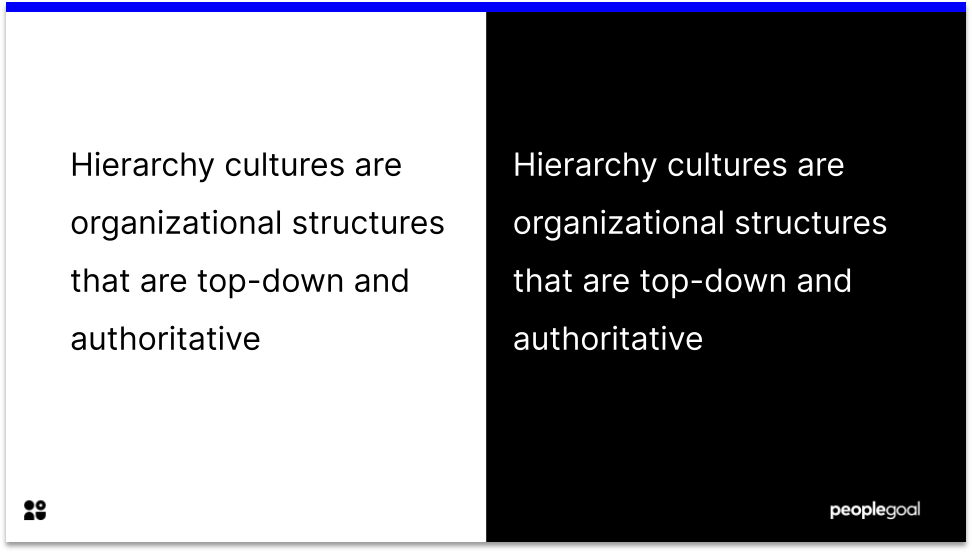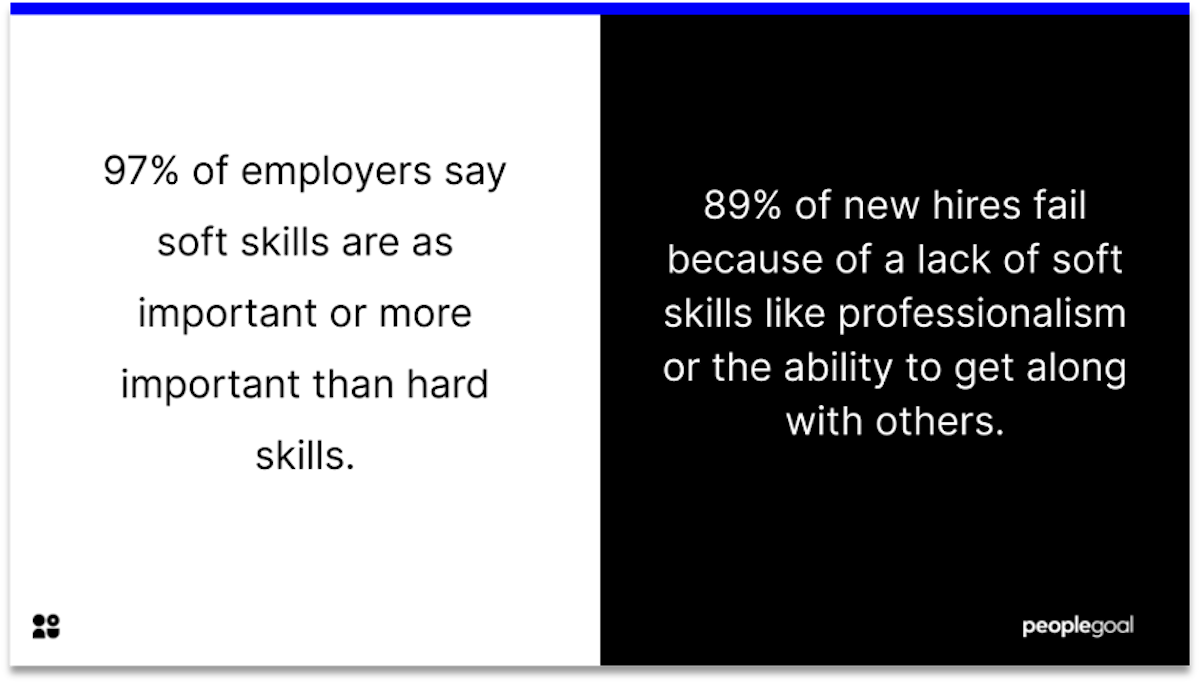The workplace can be very stressful and a reported 67% of employees claim to have experienced a burnout. In this blog we will consider what a burnout is and identify the symptoms and caused. We will then provide 6 tips to prevent a burnout.
Now more than ever is the time for organizations and their managers to look after their employee’s wellbeing and mental health. The addded pressures of working from home need to be addressed and we must ensure that everyone is able to establish a healthy work-life balance.
What is burnout?
Burnout is the state of physical, emotional and mental exhaustion. This is caused by prolonged and excessive stress, often associated with work. Individuals most at risk of burning out are thos struggling to cope with workplace stress.
The symptoms of a burnout include:
- Exhaustion
- Extended fatigue
- Lower concentration levels
- Attention deficits
- Reduced performance levels
There are different interpretations of burnouts. We will briefly outline the 5-stage and the 12-stage model.
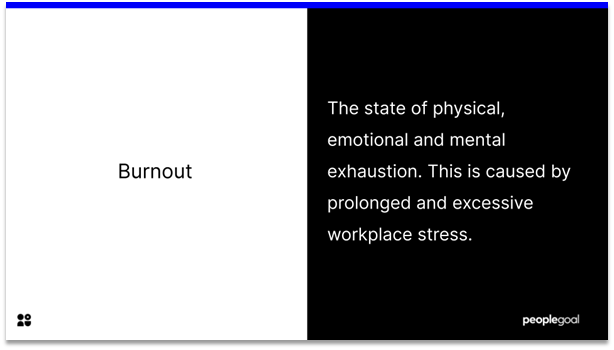
The 5 Stage Model
Calmer recently adapted the 5-stage model of burnout initially devised by Bob Veninga and Jim Spradley.
The 5 stages are as follows:
1. Honeymoon Phase – Employees begin their role with a high rate of job satisfaction, energy, commitment, and creativity. If employees have a positive and effective method to deal with stress they are unlikely to experience a burnout.
2. Stress Onset – Employees begin to become aware of the stress that they are experiencing. This happens on several occasions.
3. Chronic stress – Employees begin to experience stress on a daily basis. There is also a distinct change in their motivation levels.
4. Burnout – Employees find it very difficult to cope with the intense physical, mental and emotional challenges that they are facing. They may isolate themselves and have a very pessimistic outlook.
5. Habitual Burnout – Employees experience a prolonged burnout. their symptoms permeate everyday life and this becomes an ongoing state of ill mental and physical health. Medical assistance will be required.

The 12 Stage Model
Inc recently outlined the 12-stage model of burnout that was formely developed by Herbert Freudenberger and Gail North.
The 12 stages are as follows:
1. The Compulsion to Prove Oneself – An individual obsessively tries to prove their worth.
2. Working Harder – An individual is unable to switch off and leave work at the office.
3. Neglecting Needs – An individual begins to neglect their own needs e.g. disrupted sleep, failure to eat properly, lack of social interaction.
4. Displacement of Conflicts – An individual dismisses the problems that they face. They may feel panicky or jittery.
5. Revision of Values – Work becomes an individual’s priority. Their values change as they no longer prioritize friends and family.
6. Denial of Emerging Problems – An individual is intolerant of others and begins to treat their colleagues as incompetent. Problems are seen to be the cause of increased pressure at work rather than a lifestyle change.

7. Withdrawal – An individual no longer has a social life. they may begin to rely on alcohol or drugs to feel stress relief.
8. Odd Behavioural Changes – Friends and family may become conserned about an individual whose behaviour is distinctly changing.
9. Depersonalization – An individual sees themself and others as unimportant and no longers perceives their needs.
10. Inner emptiness – An individual feels empty inside and looks for unhealthy ways to overcome this e.g. drinking or overeating.
11. Depression – An individual may lack motivation and may have a bleak outlook on life and the future.
12. Burnout Syndrome – An indiviudal may experience extreme mental, physical and emotional exhaustion. They are likely to require medical assistance.

6 Ideas to Prevent Burnout
Burnouts are dangerous and it is important for managers and their organizations to support their employees and to help them manage their stress. Below, we have identified 6 ways to manage workplace stress. This will maximize employee wellbeing, protect their mental health ensure they foster a good work-life balance.
Perform a Job Analysis
Conduct a job analysis. This will give you insight into the job role, your responsibilities, and what is expected from you. It will further explain the attributes employees should be demonstrating, and explain the job requirements. The job content will give employees clarity on what is expected from them. Use this information to prioritize tasks and reduce your workload. This will reduce stress and help employees delegate work.
Regular Exercise
Exercise is proven to relieve stress. All forms of exercise improve wellbeing and provide the perfect opportunity to take your mind off of work and to focus on yourself. Creating a regular sleep pattern and scheduling exercise into your routine will improve your health, in addition to increase your energy, productivity, and creativity.
Stress Management Tactics
Use stress management tactics to face your stress head on and prevent a burnout. Strategies include:
- Be Active
- Take Control
- Connect with People
- Personal Downtime
- Challenge Yourself
- Avoid Unhealthy Habits
- Help Others
- Positive Mindset
- Work Smarter, Not Harder
- Set SMARTER goals
Mindfulness
Another way to avoid a burnout is to be mindful. This is a form of meditation that includes silent relaxation, listening to your thoughts, and focusing all your attention on yourself. This will give you clarity and allow you to remove yourself from work when you are outside of the office. There are many apps that can help with this, e.g. Calm and Headspace.
Support Workplace Recovery
Employers can support employees who are currently experiencing or recovering from a burnout. They can use accomodation strategies to help an individual’s mental health and improve their performance and productivity.
Strategies include:
- Changing how instructions and feedback are given
- Regular Check-ins
- Retraining or reorientation
- Training managers to adapt their styles of management
👉 Click here for more Accomodation Strategies
Keep to your Work Hours, and Schedule Breaks
To avoid a burnout, it is important to make a distinction between work and your personal life. Ensure that you keep to your work hours and schedule breaks throughout the day. This ensures that you have a healthy work-life balance and are able to send time with your family and friends.
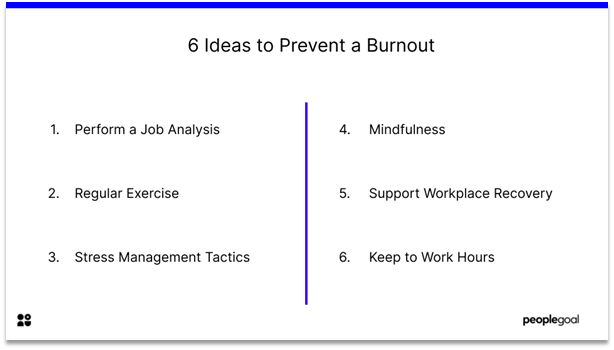
Workplace burnouts are a real risk for all employees and can be very dangerous. The extreme physical, emotional and mental problems that this can all be avoided. Managers and organizations should try to prevent burnouts and can use our suggestions to protect that worker’s mental health. This prioritizes employee wellbeing and their work-life balance.
PeopleGoal provide solutions in Core HR and Onboarding, Performance Management, Development and Employee Engagement. Our customizable workflows can be adapted to suit your company culture and unique requirements. Browse our app store to take the first step in improving your employee’s wellbeing and engagement.
Ready to 3x Your Teams' Performance?
Use the best performance management software to align goals, track progress, and boost employee engagement.

